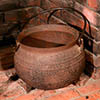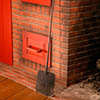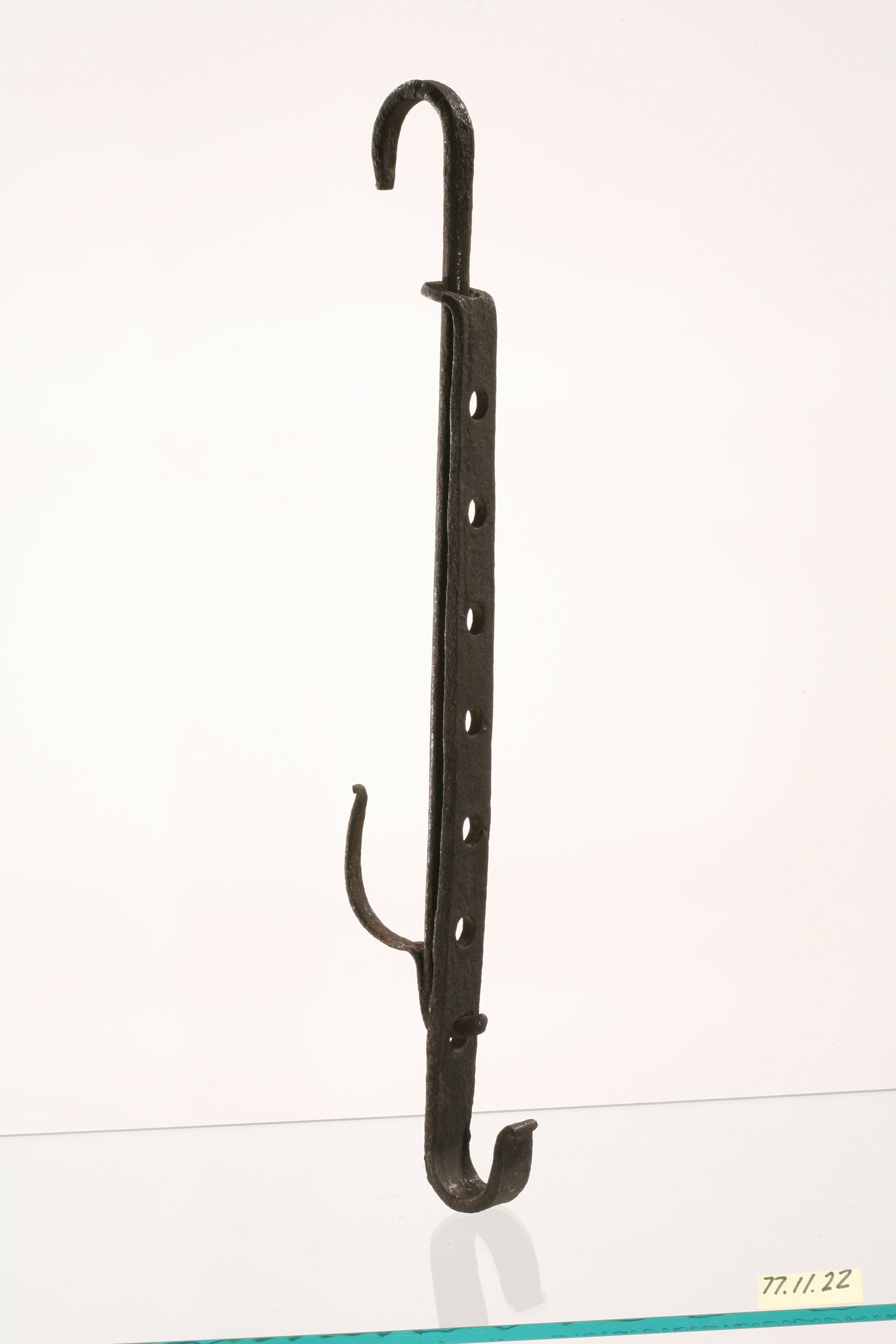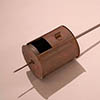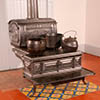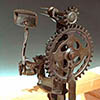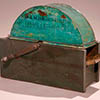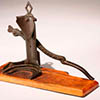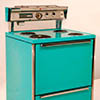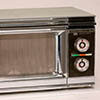Local Roots Menu Preview Evening DiningApril 14, 2014Be one of the first guests to try the brand-new spring Eagle Tavern menu. Local Roots Spring Evening DiningMay 2, 2014Come see how the French have influenced Michigan’s cuisine. |
Click on an artifact below to see how the foods we ate and the ways we prepared them have changed over the last three centuries.

About 1890
Ice Cream Maker
Chambersburg Liquid Freezer Company, Chambersburg, Pennsylvania
71.1.12
Gift of David M. Gwinn
Americans love ice cream--we eat more of it than people in any other country. But, until the mid-1800s, most people could not afford to buy it from a confectioner or make it at home. Cream and sugar--and the ice needed to turn these ingredients into the chilly treat--were not always available or affordable. And all the stirring involved in ice cream making made it a very labor-intensive dessert!
All that changed about 1850. A few years before, American Nancy Johnson patented an ice cream maker that could be used at home. Its ingenious crank and dasher system made making ice cream far less work. About the same time, the price of sugar went down and ice--in this era before mechanical refrigeration--became more affordable. Ice cream soon became commonplace on the tables of everyday Americans. Johnson’s invention inspired others to develop their own ice cream makers, like this one sold by the Chambersburg Liquid Freezer Company about 1890. During the late 1800s, Americans eagerly bought these devices so that they could easily enjoy the creamy confection at home. Between homemade ice cream and ice cream bought at soda fountains or restaurants, Americans were consuming more than 5 million gallons a year by 1900. |
